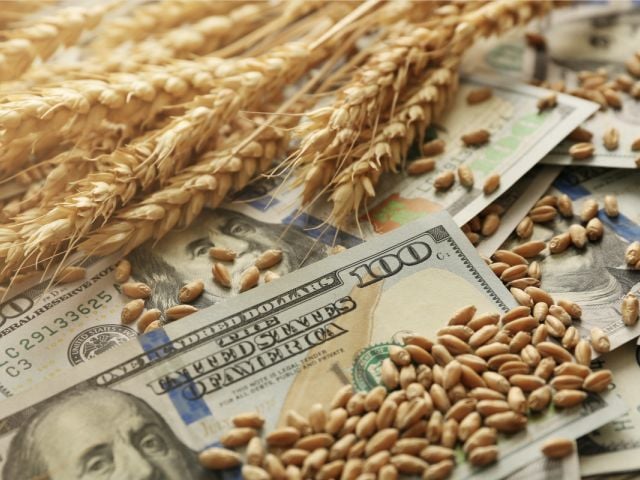
View and Download the report here: Bumper Crop
Congress is now considering giving a handful of the largest farms in the country an enormous “bumper crop” in farm subsidies right before the election. The only farms that will be eligible for the extra subsidies are a few thousand of the very largest farms and agribusinesses in the nation. Farms eligible for this proposed bonanza collected an average of $147,000 in loan subsidies in 1999, 14 times more than those NOT eligible, who received about $7,000 in loan subsidies in 1999 (Figure 1). Fully 99 percent of the nation’s farmers will see no benefit whatsoever from this latest example of Congress’ generosity with taxpayers’ money.
This subsidy boost will be accomplished through an arcane, eleventh-hour amendment to the agriculture spending bill now pending before a House- Senate conference committee. The amendment would double the amount of taxpayer subsidy that the largest farmers could receive under increasingly costly USDA “loan” programs.
According to an EWG analysis of a similar provision that passed in 1999, fewer than 2,500 individuals and 900 farm businesses nationwide—less than one half of one percent of all subsidized farms—benefited from the doubling of the loan subsidy limit in 1999. The top 2,500 individual recipients received an average of nearly $20,000 in extra subsidies in 1999 as a result of Congress’ generosity. The top 3,400 individuals and businesses received a combined total of more than $500 million in farm loan subsidies, on top of $400 million in Freedom to Farm and other direct subsidies.
This subsidy boost to the largest farmers comes on top of the doubled Freedom to Farm payments already authorized by Congress for the 2000 crop year, as well as a multibillion crop insurance subsidy package authorized earlier this year.
The farms that are benefiting most from these subsidy increases are the largest farms, some of which are now eligible to receive $500,000 or more in subsidies during a single year. These larger farms are precisely the ones that are least likely to be in need of additional taxpayer subsidies.
Boosting federal payments to the largest farmers does nothing to alleviate the crushing burdens faced by small and medium-sized farmers resulting from weak prices for agricultural commodities. Instead, the unneeded subsidies allow the largest farmers to buy and rent more land at neighboring farmers’ expense.
View and Download the report here: Bumper Crop

